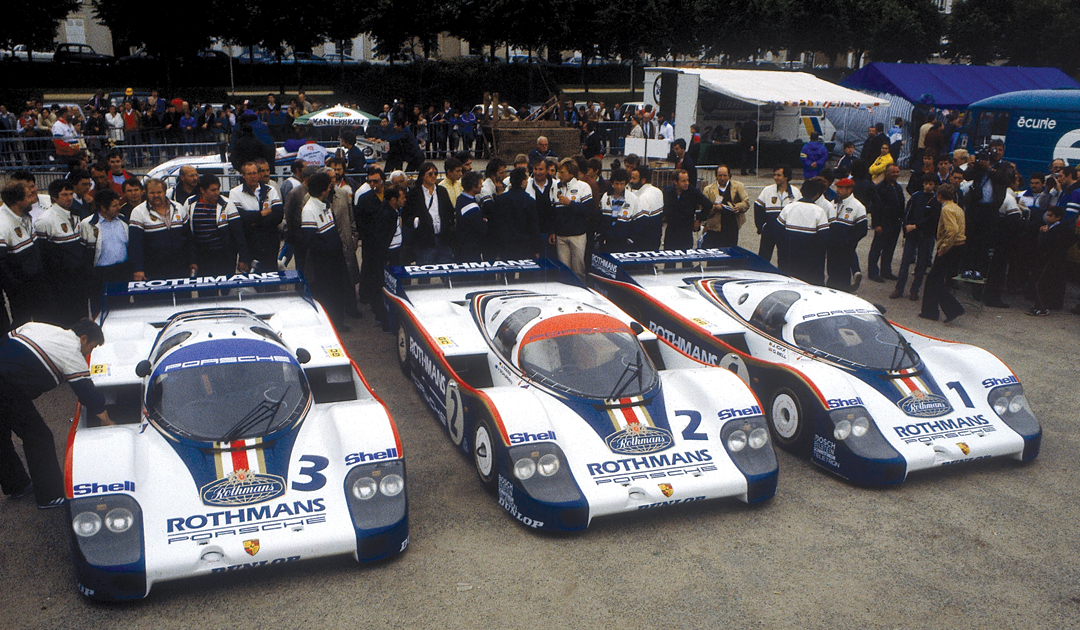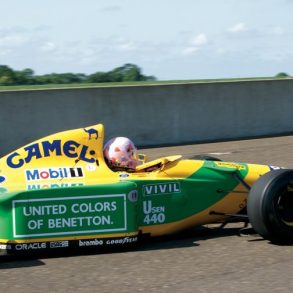When I first started work for Porsche, I was naturally introduced to their ways of working, which I found in later years to become “the Porsche way.” Years later, I discovered that other automobile companies or racing teams did things a little different. The Porsche way wasn’t just talking around, or trying some wind tunnel testing, or theorizing, it was doing it on the track. Doing it on the track gave us a truth and meaning to our development, it was realistic, not just theory. Good ideas, whether developed in the wind tunnel or on computer these days, can only be seen in reality on the track.
These were big things, it was a big effort to try and get your racecar the fastest and most reliable to cross the finish line first. By all means use everything available to assist your development, but ultimately it has to work on the circuit, so at Porsche we used a lot of time circuit testing. With circuit testing you also get the opinion of the driver, this is really essential to racing, you get a more stable and realistic meaning. Yes, at Porsche, we had our own test track where we could go at a minute’s notice. But, the truth of any positive work on the dyno or wind tunnel has to be on the road.
I’m asked many times for my greatest race and racecar, this is an easy question for me. It was the 1982 victory with the 956, Jacky Ickx and Derek Bell. Yes, the first Le Mans victory for Porsche in 1970 was special, it’s not very often, even these days, a driver says, “We’ll win next year.” However, Hans Herrmann did exactly what he said he would do. When you looked at the starting position he had on the grid you knew his words were a little frail, he was not the favorite. The race was very difficult, because it was raining almost all of the time and they just had to make changes from wet to intermediate tires, and so on. I don’t think they ever had a session with slicks on the car. I think it was a combination of the experience Hans Herrmann had and Richard Attwood’s abilities, which made them successful. The second car was a long-tailed, which was much faster, but had problems. Porsche had the first three on the podium that year. Herrmann, I suppose lucky to be the winner.
Personally, the 1982 win and the 956 ares my favorites not only because it was the first victory for the 956, but also because it was a surprise. We had done just two endurance tests. To finish 1-2-3 was pretty remarkable. It was a car that we started with a clean sheet of paper; everything was new, the monocoque, aerodynamics—which included ground effects designed completely different to that of a Formula One car—the gearbox, indeed, everything except the engine which had proved to be very reliable and no need to change it. In those days too, we had the best combination of driver with Jacky and Derek.
Drivers were paramount in those days as we had very restricted data logging devices, but nothing like they have today. Electronic devices were big and heavy in those days and not able to be run on the car. We ran data logging equipment on test days at our test circuit, but it was primitive and heavy compared to today, although it did give us a basic idea of how to set up the car. The driver, though, was very pivotal in the way we went. I look back on these years of the 956/962 with very special memories.










